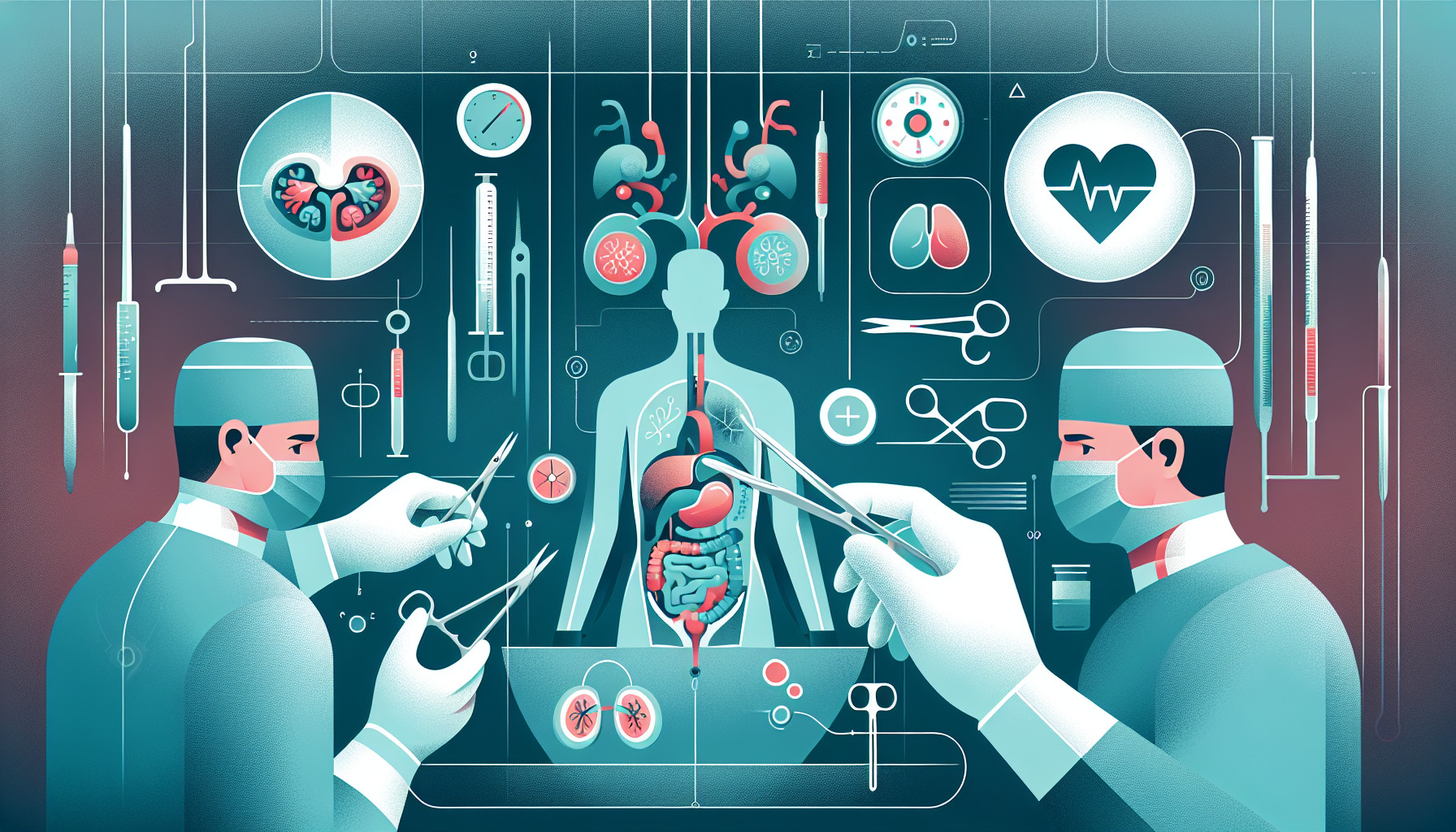Our Summary
This research paper discusses the history of disorders of sexual development (DSD), conditions where an individual’s sexual organs don’t develop as typically expected. These disorders have been observed throughout history and across various cultures, including the ancient Greeks, Romans, and Egyptians. Medical professionals have long tried to understand and manage these conditions, often through surgical interventions.
The paper notes that techniques for feminizing genital surgeries, which aim to create female physical characteristics, date back to the time of Christ. However, effective surgeries for creating female appearances in individuals with DSD only became common in the 19th and 20th centuries.
As for masculinizing surgeries, these were more complex and initially based on procedures used for severe forms of hypospadias, a condition where the opening of the urethra is on the underside of the penis instead of at the tip. In modern times, most procedures to fully reconstruct a penis utilize techniques developed in the 20th century.
FAQs
- What is the historical context of disorders of sexual development (DSD) in ancient cultures?
- When were the techniques of feminizing genitoplasties first developed?
- What modern techniques are typically used in total penile reconstruction procedures?
Doctor’s Tip
One helpful tip a doctor might tell a patient about pediatric urologic reconstruction is to ensure that the child receives thorough and ongoing follow-up care to monitor their progress and address any potential complications that may arise. This may include regular check-ups, imaging studies, and consultations with specialists to ensure the best possible outcome for the child’s urologic reconstruction.
Suitable For
Pediatric patients who are recommended for pediatric urologic reconstruction typically include those with disorders of sexual development (DSD), hypospadias, ambiguous genitalia, cloacal exstrophy, bladder exstrophy, epispadias, and other congenital anomalies of the genitourinary system. These patients may require surgical interventions to correct abnormalities or improve function and appearance of the genital and urinary systems. The history of pediatric urologic reconstruction dates back to ancient civilizations, and modern techniques have evolved to provide more effective and safe treatments for these patients.
Timeline
Before pediatric urologic reconstruction:
- The patient is born with a disorder of sexual development (DSD) that requires surgical correction.
- The patient may undergo various diagnostic tests and evaluations to determine the best course of treatment.
- The patient and their family may meet with a pediatric urologist to discuss the surgical options available and the potential risks and benefits.
- The patient may undergo preoperative preparations, such as blood tests, imaging studies, and consultations with other specialists.
- The patient undergoes pediatric urologic reconstruction surgery to correct the DSD.
After pediatric urologic reconstruction:
- The patient undergoes a recovery period in the hospital, where they are monitored for any complications or issues.
- The patient may require follow-up appointments with their pediatric urologist to ensure proper healing and function of the reconstructed area.
- The patient and their family receive instructions on postoperative care and any necessary medications or therapies.
- The patient may undergo physical therapy or other rehabilitation services to aid in their recovery and improve their quality of life.
- The patient continues to be monitored by their pediatric urologist for any long-term complications or issues related to the reconstruction surgery.
What to Ask Your Doctor
- What specific condition does my child have that requires pediatric urologic reconstruction?
- What are the potential risks and complications associated with the surgical procedure?
- What is the expected outcome of the surgery in terms of function and appearance?
- Are there alternative treatment options available for my child’s condition?
- How many times have you performed this type of surgery in pediatric patients?
- What is the long-term prognosis for my child following pediatric urologic reconstruction?
- Will my child need additional surgeries or follow-up care after the initial procedure?
- Are there any lifestyle changes or restrictions my child will need to follow after the surgery?
- What type of anesthesia will be used during the surgery and what are the potential side effects?
- How can I best prepare my child for the surgery and recovery process?
Reference
Authors: Buyukunal C, Zeller KA, Emre S, Nakayama DK. Journal: J Pediatr Surg. 2021 Feb;56(2):429-433. doi: 10.1016/j.jpedsurg.2020.09.056. Epub 2020 Dec 15. PMID: 33384143
